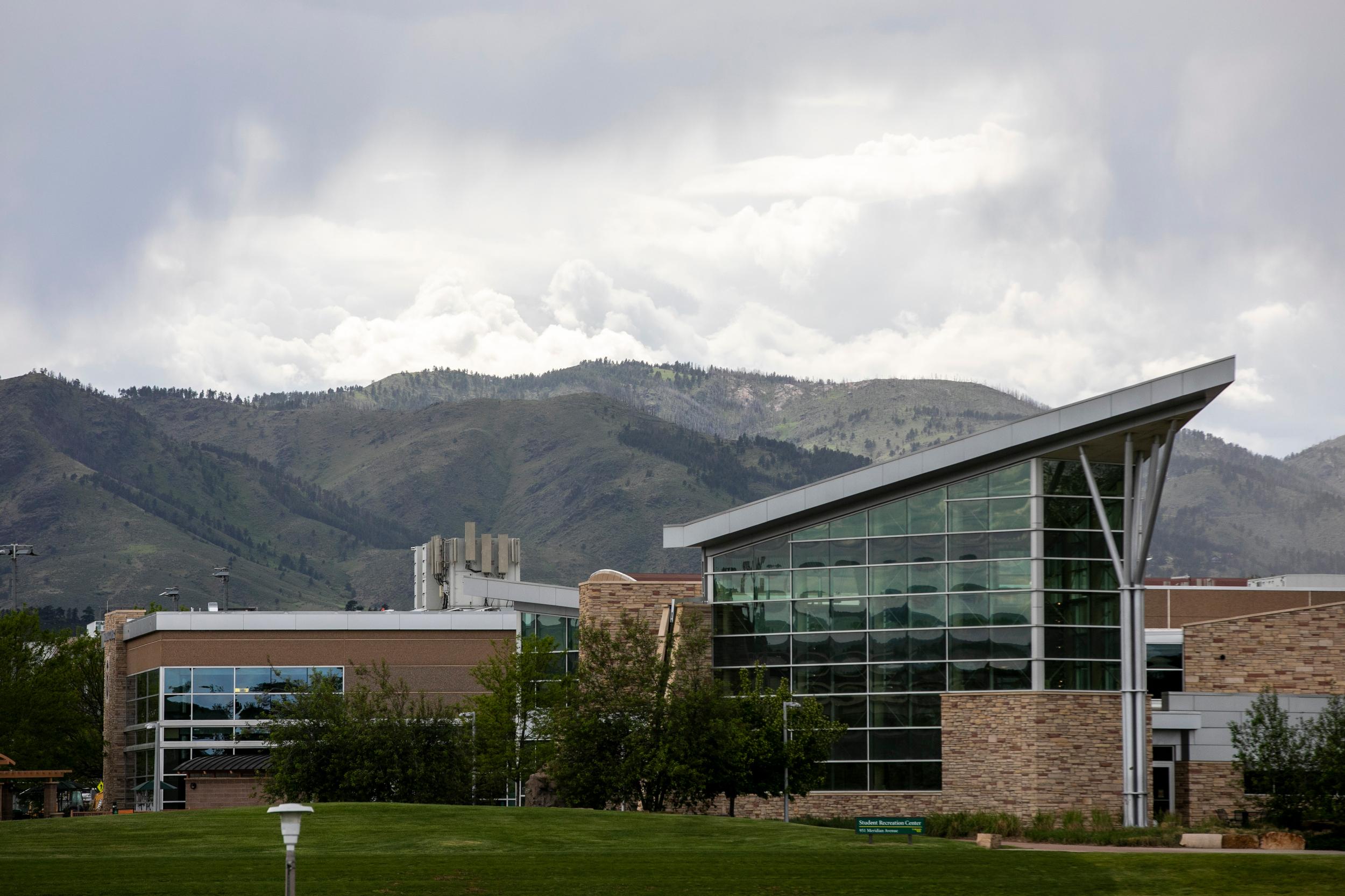Originally published on May 7, 2019 11:06 am
Snowpack in every part of Colorado’s high country is sporting layers of dust, according to a new statewide survey of the state’s winter accumulation.
“This is a low frequency dust season,” wrote Jeff Derry, head of the Colorado Dust on Snow Program, in a post about the survey results. “But may be a high consequence snowmelt season.”
Dust is darker than snow. Just like a black T-shirt on a sunny day, it absorbs more sunlight, causing what’s underneath it to heat up more rapidly.
“It’s like holding a magnifying glass up to the snowpack,” Derry said.
Each year Derry and his colleagues from Silverton’s Center for Snow and Avalanche Studies dig snow pits throughout the state to check on the layers of dust. This winter he found two distinct stripes, close to the surface. A dust storm in early March left one of those layers. Another storm in the first week of April blanketed dust on snowpack throughout the state’s high country.
At each of the 11 sites Derry visited, dust was present somewhere in the snowpack.
Snow melts from the top down. The layers closest to the surface melt through the snowpack, exposing those underneath.
Once dust layers are exposed, they have the potential to speed up snow melt. Depending on the severity of the dust deposition and where the layers lie within the snowpack, dust can shorten the runoff season by a couple weeks to a month. In a heavy snow year, like the winter of 2019, that could mean rapid melt in watersheds across the state, making water management much more difficult.
“The snowpack is our natural reservoir,” Derry said. “And being a reservoir we want to see water released in a controlled manner.”
Colorado’s snowpack statewide is currently 129% of average. Some individual snow measurement sites recorded the highest snowpack this winter since records were kept, most in southwestern Colorado’s San Juan mountains.
A 2017 study showed the prevalence of dust controlled the timing and speed of snowpack runoff, more than warming temperatures.
Derry said the severity of dust storms in Colorado has increased since the late 90s.
This story is part of a project covering the Colorado River, produced by KUNC and supported through a Walton Family Foundation grant. KUNC is solely responsible for its editorial content.
Copyright 2019 KUNC. To see more, visit KUNC.








